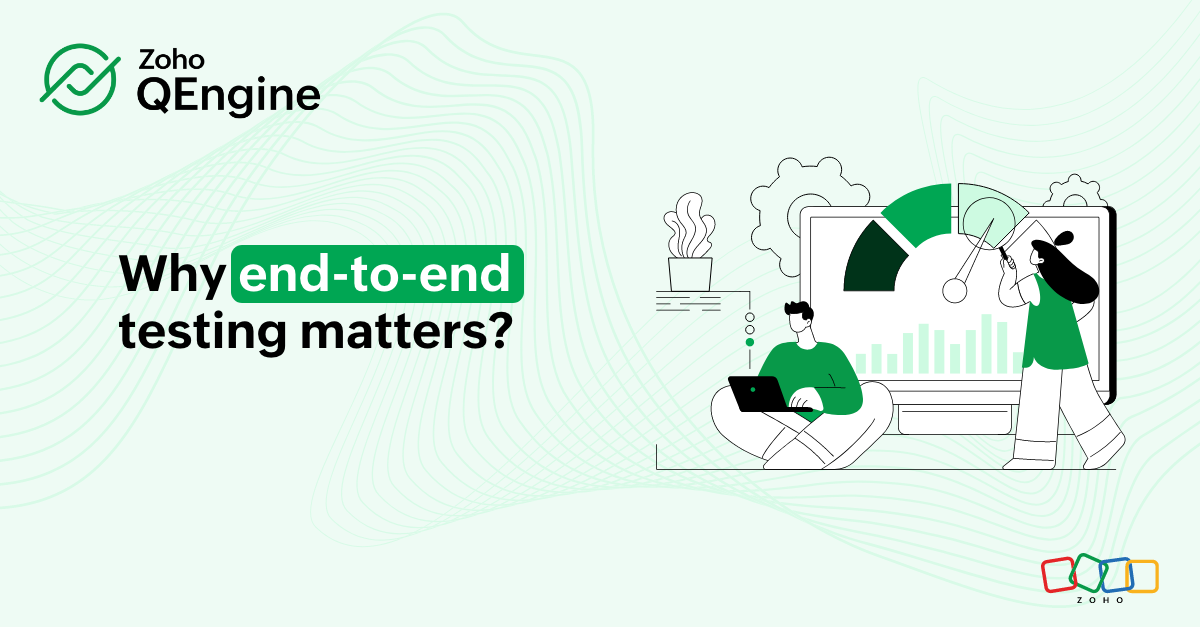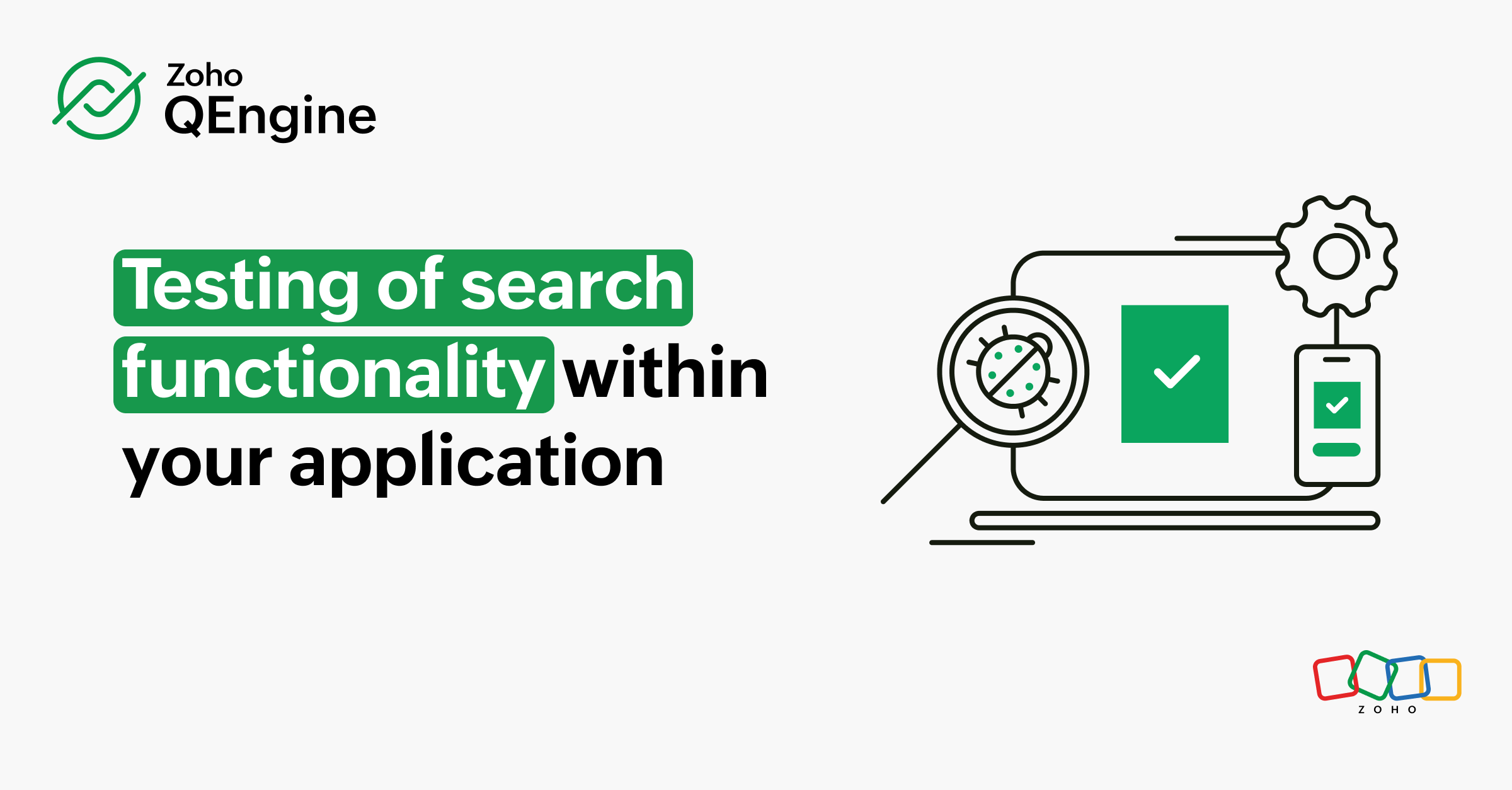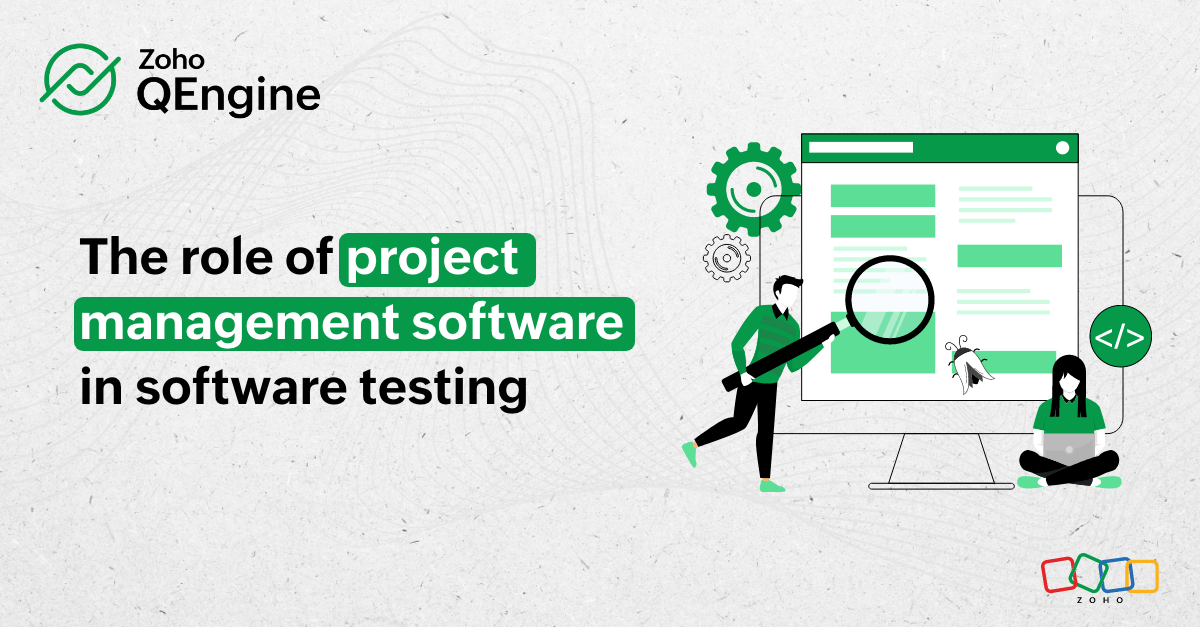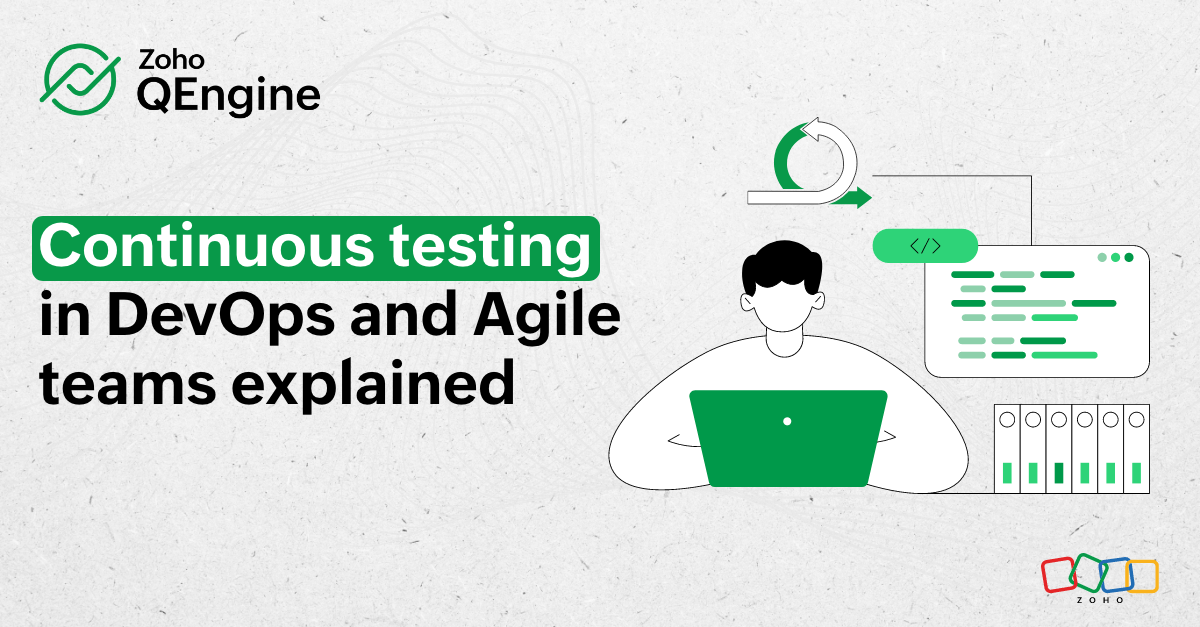Why end-to-end testing matters for the software testing lifecycle?
- Last Updated : January 12, 2024
- 823 Views
- 4 Min Read
What is end-to-end testing?
End-to-end (E2E) testing refers to the process of testing an entire software application with all its integrations, to check if it performs as intended, from start to finish. All data additions or changes made by the end user are checked to ensure everything functions correctly. E2E tests are not meant to replace other tests, but act as an extension of the testing phase involving functional, non-functional, and regression tests.
As agile teams bounce back in the aftermath of pandemic-induced remote work, end-to-end testing is increasingly becoming a part of their testing projects. When coordinated and executed to perfection, E2E tests can save QA teams endless hours of testing that would otherwise be devoted to squashing bugs, and free up the resources needed to handle all that testing.
Importance of end-to-end testing
All applications have one or more built-in functionalities on top of the ones which depend on integrations with various third-party services. When the software is accessed by the end user, all the functionalities of the software, along with the integrations, are expected to perform as a unified system to deliver a flawless user experience.
A comprehensive test covering the entire software and its integrations before it's released to the end user helps in averting potential errors that might affect how the software functions in real-world scenarios. End-to-end testing is crucial, because any errors that occur after an application has been released can affect its credibility, increase time on product iterations, and more.
Types of end-to-end testing
The requirements of the project dictate how E2E tests need to be carried out for efficient testing—and a better understanding of the types of end-to-end testing can help in making the right choice. There are a couple of different ways to execute E2E tests:
- Vertical end-to-end testing - In software developed using layered architecture, each layer corresponds to certain operations associated with its functioning. Common layers of such a system are the presentation(UI) layer, application layer, business layer, persistence (data access) layer, and database layer. Each layer can function efficiently on its own within the application. Vertical E2E testing refers to the hierarchical testing of all the layers based on their importance. Layers are tested one after the other to examine if they're functioning without a hitch.
- Horizontal end-to-end testing - When an end user accesses the software, a user action might rely on multiple functionalities/applications. Horizontal E2E testing evaluates the software from the perspective of the end user, thereby checking if the dependencies on various applications are working efficiently. These tests also take into account the performance of the entire software based on these integrations.

Advantages and disadvantages of end-to-end testing
End-to-end tests are generally carried out before releasing the software to the end user, as a final check. Therefore, familiarity with the pros and cons can help in deciding if end-to-end testing adds value to the project.
Advantages of end-to-end testing
- Real-world testing - In end-to-end testing, the software is tested from the end user's perspective, to check if all the integrations and functionalities communicate with one another effectively. Accurate emulation of many real-world scenarios aids in efficient testing and eliminating bugs.
- Assessing stability - Generally, the modules and functionalities of software are tested as soon they're created, and again after the integration, to check if the newly added code has affected stability. End-to-end tests examine the overall stability of the software after all the changes have been made to the codebase.
- Validating workflows - Whenever a functionality is accessed within software, multiple workflows are triggered. End-to-end tests assess the functioning of all such workflows for the entire software solution, whereas workflows only pertaining to particular functionality are tested in other tests.
Disadvantages of end-to-end testing
- Time-consuming - End-to-end testing requires planning of the tests to be carried out and creation of the corresponding test cases. Meticulous planning of the test cases is required to ensure maximum efficiency and, therefore, it requires a lot of time to carry out all the tests.
- Resource-intensive - Planning and executing test cases emulating real-world scenarios not only takes up a lot of time but also requires rigorous planning from the QA team. In the case of a failed test result, a dedicated team effort for an extended period may be needed to identify a solution.
Automated end-to-end testing
Introducing automation into the mix of end-to-end testing ensures it's handled efficiently and that the application always functions properly, irrespective of parameters. Automated test cases can help in testing functionalities one after the other, multiple times, to ensure optimal coverage of bugs and overall stability of the application. Automating the running of test cases in the required testing environments ensures that the application performs efficiently in the real world. It also helps in analyzing how the software performs when accessed multiple times in succession.
Test automation tool for end-to-end testing
Choosing the right test automation software is the most important step in making sure that end-to-end testing is handled efficiently. The right software can also help in the creation of relevant test cases and their executions, as per the project's requirements. Automation helps in expediting the testing process for any web/mobile application, so your test automation software of choice should take care of all your automation needs efficiently.
Zoho QEngine fulfils all the conditions mentioned above and then some, making it perfectly suited for handling not just end-to-end testing but all the tests that precede and follow it. This test automation software comes with a cloud-based low-code builder, no-code recorder, and manual editor to create test cases easily—and it has the capability to schedule automation for all your test cases. The overview dashboard on Zoho QEngine also enables you to accurately analyze various aspects of your testing projects.
Different testing techniques can be executed on Zoho QEngine just as easily, to ensure that the testing phase is handled efficiently—and the results dashboard enables thorough analysis of all the test case executions within the testing project.
Automating E2E tests is effortless on Zoho QEngine. Its ease of collaboration and user access control based on roles makes Zoho QEngine a perfect fit for organizations of any size.


